- the complete 3rd edition of Physically Based Rendering is now online for free
- the post explains the history of the book and decisions that led to making the book available for free
- authors can be supported on https://www.patreon.com/pbrbook
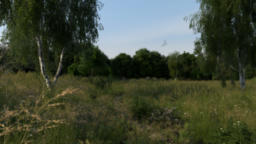
- summarizes voxel ray tracing implementation, memory and performance optimizations
- show the different artifacts that can be encountered and their solutions
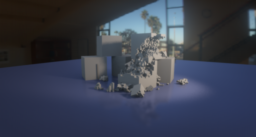
- next part in the Metal ray tracer series that adds support for multiple bounces to simulate global illumination
- implements importance sampling for diffuse BSDF
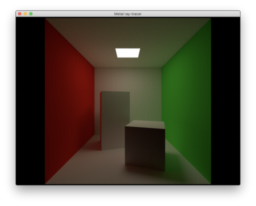
- extending the material system of the Metal raytracer so that multiple materials can be expressed and importance sampled correctly
- changes sampling heuristic to support multiple importance sampling. This enables both rough and mirror-like surfaces
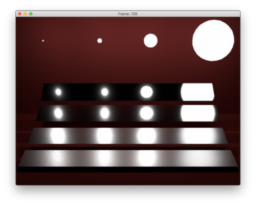
- 2-minute video summary of the “Position-Free Monte Carlo Simulation for Arbitrary Layered BSDFs” paper
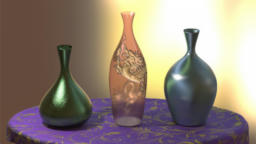
- overview of the strengths and weaknesses of different sampling techniques in ray tracing
- presents links to papers that present methods that are aimed at creating better-stratified sampling results
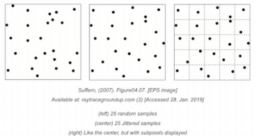
- stream that adds support for rendering meshes using Nvidia mesh shader extensions
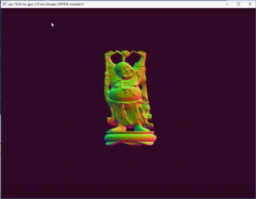
- during the stream, the mesh shader pipeline is optimized
- performance parity with the classical rasterization pipeline is achieved without GPU culling
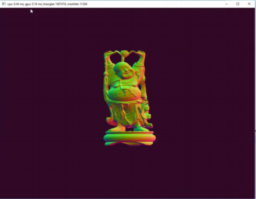
- shows how to implement interior mapping using the Unity reflection probe system
- explains how to set up the model and environment to generate the required probes and how to apply the reflections to the windows
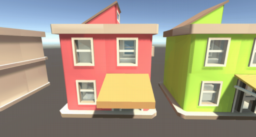
- rust version of the meshoptimizer library is now available
- the post explains how to setup Rust code to be able to compile, link and use existing C code from Rust
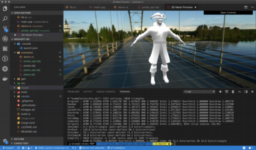
- the presentation explains how Global illumination has been implemented in the Godot engine
- talking about GI probe generation, deterministic light baking and the interacting with the shading pipeline
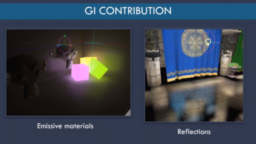
- walkthrough of a Godot shader that uses particles to spawn vegetation meshes based on height map and feature (biomes) map data
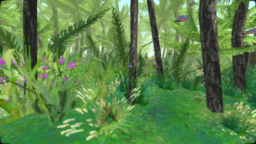
- a brief summary of the usage of premultiplied alpha using Vulkan
- pre-multiplication is done in the pixel shader, no texture pre-processing is used
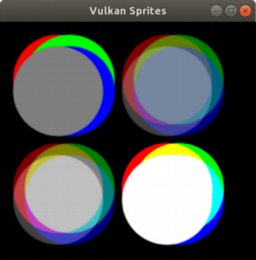
If you are enjoying the series and getting value from it, please consider supporting this blog.
Support this blog